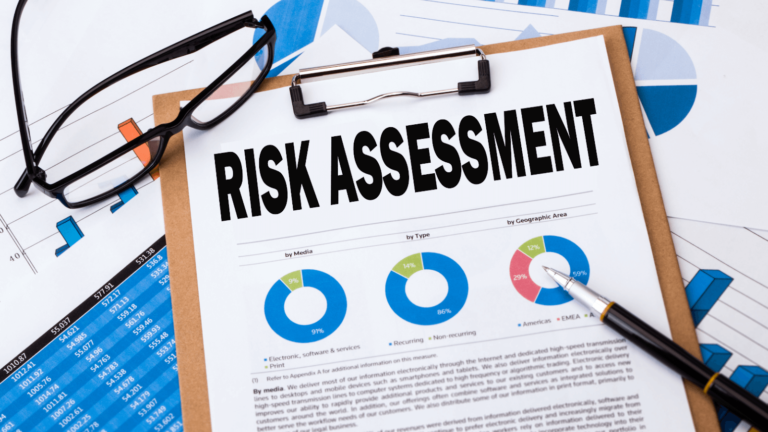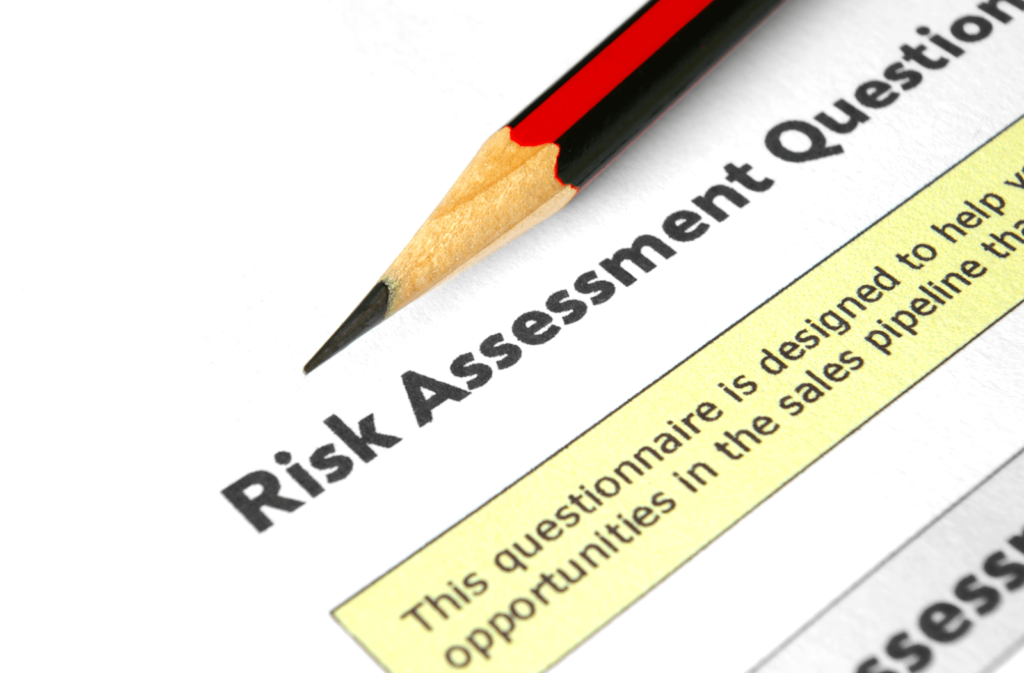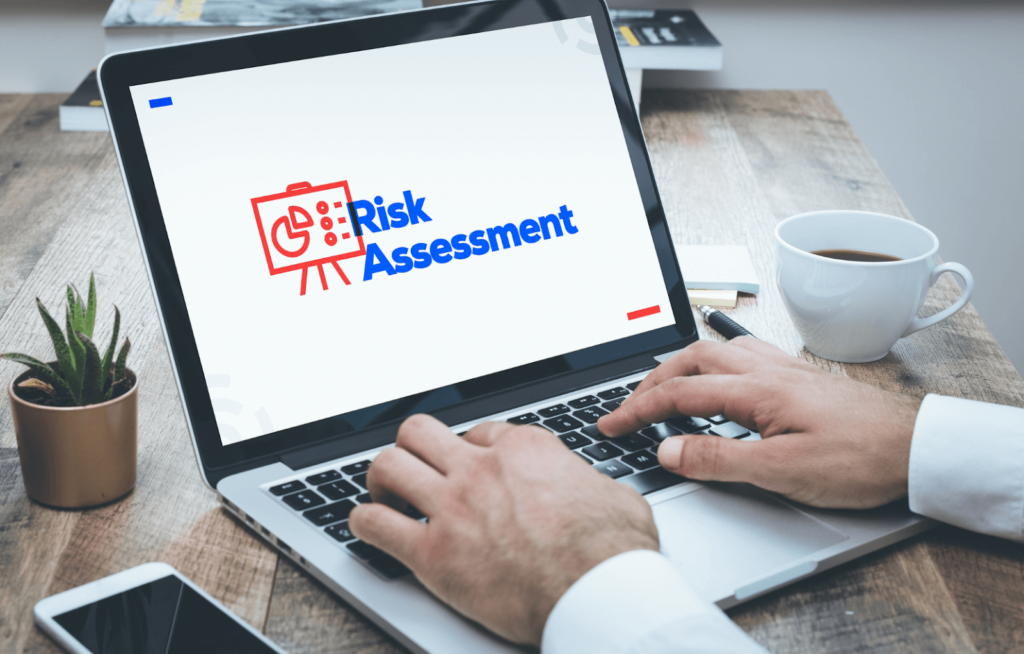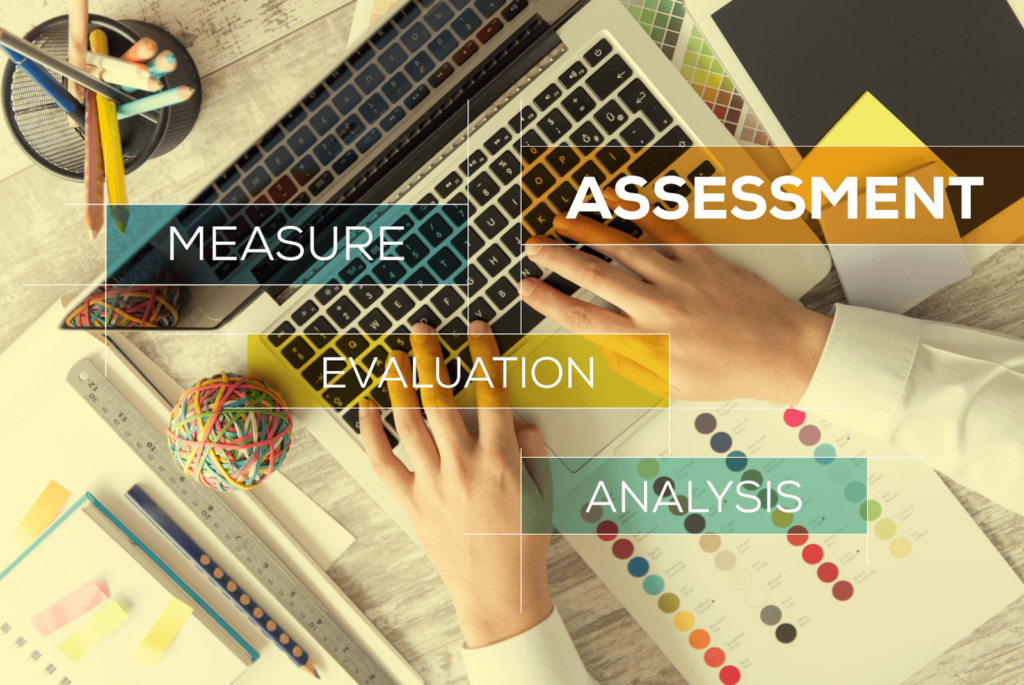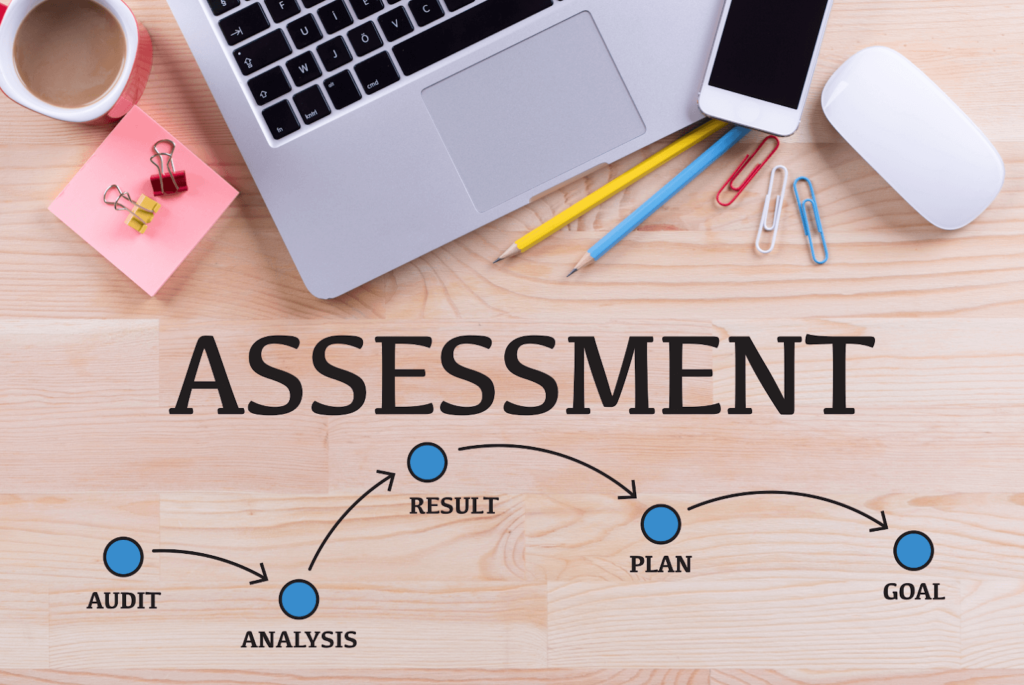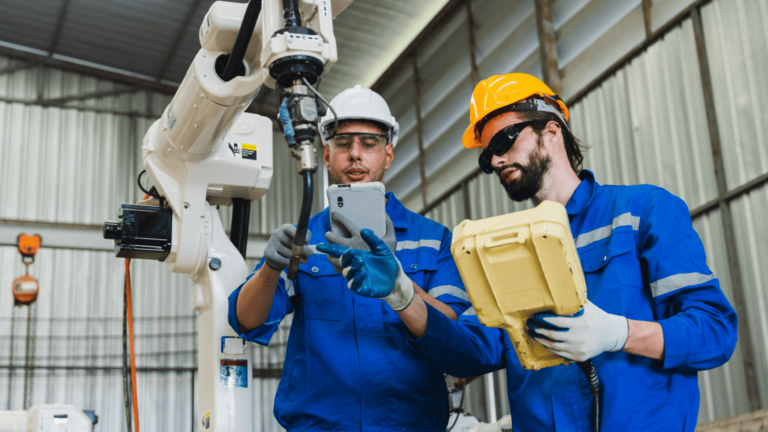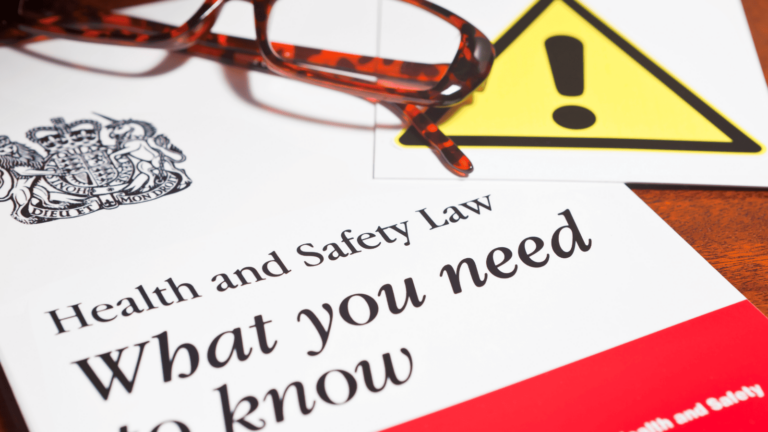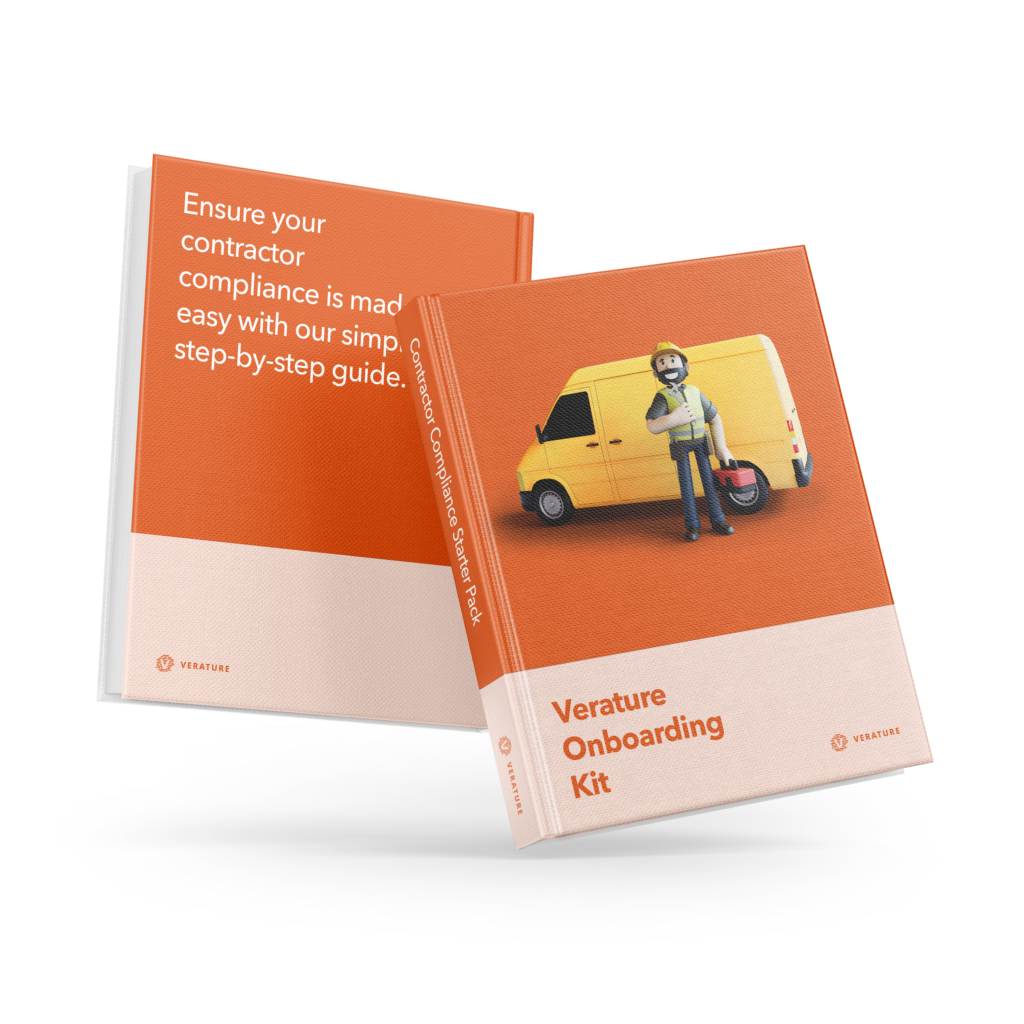- Why Verature?Find out why Verature is the best system for continuous contractor compliance.
- Arrive, Work & Stay Safe
- Removes Paper & Spreadsheets
- Tracks Key Contractors
- Instant 360 Visibility
- Contractor Management Dashboards
- Why Contractor Management Software
- Our Customer Reviews
- Pricing
We don’t hide behind fancy sales teams before we tell you, our prices.- Clients
See who we are working with and what they have to say about Verature.- Resources
Check out our blog, useful guides, whitepapers and product videos.- Prequalification and Induction Guide
- Contractor Compliance Guide
- Mini-Audit your Permit to Work System
- Health and Safety Audit Checklist
- Resource Library
- Blog
Book a demo
Dynamic Risk Assessments: Adapting to Changing Workplace Conditions
In today’s fast-paced and ever-evolving work environments, the concept of dynamic risk assessments (DRAs) has emerged as a vital component of effective safety management. A dynamic risk assessment is defined as a continuous process of evaluating risks in real time, allowing organisations to respond promptly to changing conditions and unforeseen hazards. Unlike traditional risk assessments, which are typically conducted before the commencement of work and often remain static, DRAs are designed to adapt to the fluid nature of modern workplaces.
Understanding Dynamic Risk Assessments
Definition and Purpose
Dynamic risk assessments are characterised by their continuous nature, allowing for the ongoing evaluation of risks as situations evolve. This real-time assessment is crucial in environments where conditions can change rapidly, such as construction sites, healthcare facilities, or emergency response scenarios. The primary purpose of DRAs is to ensure that potential hazards are identified and addressed promptly, thereby reducing the likelihood of accidents and injuries.
Key Characteristics
Dynamic risk assessments possess several key characteristics that distinguish them from traditional methods:
- Proactive and Flexible Approach: DRAs are inherently proactive, encouraging employees to constantly evaluate their surroundings and anticipate potential risks. This flexibility allows for quick adjustments to safety protocols in response to changing circumstances.
- Applicable in High-Risk and Unpredictable Situations: DRAs are particularly valuable in high-risk environments where the potential for accidents is significant. They enable teams to remain vigilant and responsive, ensuring that safety measures are tailored to the specific challenges they face at any given moment.
- Empowerment of Employees to Make Informed Decisions: One of the most significant benefits of dynamic risk assessments is the empowerment they provide to employees. By equipping workers with the skills and knowledge to identify and assess risks, organisations foster a culture of safety that encourages proactive decision-making. This empowerment not only enhances individual confidence but also contributes to a collective sense of responsibility for workplace safety.
Differences Between Dynamic and Standard Risk Assessments
Understanding the distinctions between dynamic and standard risk assessments is crucial for organisations aiming to implement effective safety measures. These differences can be categorised into three main areas: timing and context, scope and detail, and legal requirements.
A.Timing and Context
The timing and context of risk assessments play a significant role in their effectiveness.
- Standard Risk Assessments: These assessments are typically conducted before work begins, allowing organisations to identify potential hazards and establish safety protocols in advance. They provide a comprehensive overview of risks associated with specific tasks or environments, enabling teams to prepare adequately.
- Dynamic Risk Assessments: In contrast, DRAs are performed in real-time during work activities. This immediacy allows employees to assess risks as they arise, responding swiftly to any changes in their environment. This real-time evaluation is particularly beneficial in situations where conditions can shift unexpectedly, such as during construction or emergency response operations.
B. Scope and Detail
The scope and detail of the assessments also differ markedly between the two approaches.
- Standard Assessments: These are comprehensive and meticulously documented, often involving detailed reports that outline identified risks, mitigation strategies, and compliance with safety regulations. While thorough, this level of detail can sometimes lead to a static approach to risk management, where assessments become outdated as conditions change.
- Dynamic Assessments: On the other hand, DRAs focus primarily on immediate hazards and the need for quick responses. They are less about exhaustive documentation and more about situational awareness and adaptability. This allows teams to concentrate on current risks, facilitating rapid decision-making and action.
C. Legal Requirements
Legal obligations regarding risk assessments can influence how organisations approach safety management.
- Overview of Legal Obligations: Many jurisdictions require formal risk assessments to be conducted as part of workplace safety regulations. These assessments ensure that organisations identify and mitigate risks systematically, providing a framework for compliance with health and safety laws.
- Role of DRAs: While dynamic risk assessments do not replace the need for formal assessments, they play a crucial role in enhancing workplace safety. By enabling real-time evaluations, DRAs complement the findings of standard assessments, ensuring that organisations remain vigilant and responsive to emerging risks. This dual approach not only meets legal obligations but also fosters a proactive safety culture.
Situations Necessitating Dynamic Risk Assessments
Dynamic risk assessments are particularly necessary in various situations where traditional risk management approaches may fall short. Understanding these scenarios can help organisations implement DRAs effectively.
A. Unexpected Events
Unexpected events, such as accidents or sudden environmental changes, can pose significant risks in the workplace.
- Examples: Situations like equipment failures, natural disasters, or sudden changes in weather conditions require immediate attention and quick hazard identification. For instance, if a storm unexpectedly approaches a construction site, workers must assess new risks associated with wind and rain, adjusting their safety measures accordingly.
- Importance of Quick Hazard Identification and Response: In these situations, the ability to quickly identify hazards and respond appropriately is critical. Dynamic risk assessments empower employees to act swiftly, ensuring that safety measures are adapted to the current circumstances.
B. Unfamiliar Tasks
The introduction of new equipment or processes can create uncertainty and potential hazards.
- New Equipment or Processes Introduced: When employees are tasked with using unfamiliar machinery or implementing new procedures, they must assess the associated risks. This is particularly important in industries such as manufacturing or healthcare, where the introduction of new technologies can significantly alter workflows.
- Employees Must Assess Risks Associated with New Tasks: Dynamic risk assessments allow workers to evaluate these new risks in real time, ensuring that they understand the implications of their actions and can take necessary precautions.
C. Changing Environments
Inherently dynamic work environments, such as construction sites, healthcare facilities, and emergency services, require continuous monitoring of risks and hazards.
- Work in Dynamic Settings: In these environments, conditions can change rapidly due to various factors, including weather, project developments, or patient needs. For example, a construction site may experience alterations in site layout or the introduction of new subcontractors, necessitating ongoing risk assessments.
- Continuous Monitoring of Risks and Hazards: Dynamic risk assessments enable teams to maintain vigilance, allowing for the identification and mitigation of risks as they arise. This continuous monitoring is essential for ensuring the safety of all personnel involved.
Conducting Effective Dynamic Risk Assessments
To ensure the successful implementation of dynamic risk assessments (DRAs), organisations must focus on several key areas: situational awareness, communication strategies, and decision-making skills. Each of these components plays a crucial role in fostering a proactive safety culture and enabling employees to respond effectively to emerging risks.
A. Importance of Situational Awareness
Situational awareness is the foundation of effective dynamic risk assessments. It involves the ability to perceive and comprehend the elements in the environment and understand their significance in relation to the task at hand.
- Training Employees to Recognize and Evaluate Risks: Providing training that enhances employees’ ability to identify potential hazards is essential. This training should focus on developing observational skills and an understanding of the specific risks associated with their roles. For instance, workers in construction should be trained to recognise signs of structural instability or equipment malfunction.
- Techniques for Maintaining Awareness in High-Risk Environments: Techniques such as regular briefings, the use of checklists, and encouraging a culture of open dialogue about safety can help maintain situational awareness. Additionally, employing tools like visual cues and reminders in the workplace can assist employees in staying vigilant regarding their surroundings.
B. Communication Strategies
Effective communication is paramount in dynamic risk assessments, as it ensures that all team members are informed about current risks and safety measures.
- Importance of Relaying Information to Team Members: Open lines of communication allow for the swift dissemination of information regarding hazards. Regular updates and discussions about potential risks should be encouraged, enabling teams to adapt their strategies as needed.
- Establishing Clear Channels for Reporting Hazards: Organisations should implement clear protocols for reporting hazards. This includes designating specific individuals responsible for receiving reports, ensuring that all employees know how to communicate potential risks, and fostering an environment where team members feel comfortable raising concerns without fear of reprisal.
C. Decision-Making Skills
The ability to make informed decisions quickly is critical in dynamic risk assessments, as situations can change rapidly.
- Empowering Employees to Make Quick, Informed Decisions: Employees should be trained to assess risks and make decisions autonomously. This empowerment not only enhances safety but also fosters a sense of ownership and responsibility among workers.
- Training Programs and Simulations to Enhance Decision-Making Capabilities: Regular training sessions and simulations can help employees practise decision-making in high-pressure scenarios. These exercises should focus on real-life situations relevant to their roles, allowing workers to develop the skills needed to respond effectively to unexpected challenges.
Benefits of Dynamic Risk Assessments
Implementing dynamic risk assessments offers numerous advantages that enhance workplace safety and organisational resilience.
A. Enhanced Safety and Incident Prevention
One of the primary benefits of DRAs is their capacity to improve safety outcomes.
- Real-Time Hazard Identification Reduces Accidents: By continuously assessing risks, organisations can identify hazards before they lead to incidents. This proactive approach allows for immediate corrective actions, significantly reducing the likelihood of accidents.
- Continuous Adaptation Leads to Improved Safety Protocols: The iterative nature of dynamic risk assessments encourages organisations to refine their safety protocols continually. As employees become more adept at recognising and managing risks, the overall safety culture within the organisation strengthens.
B. Increased Employee Confidence
Dynamic risk assessments empower employees, leading to a more confident and capable workforce.
- Empowering Workers to Manage Risks Fosters a Safer Work Culture: When employees are trained to conduct DRAs and make informed decisions, they feel more in control of their safety. This empowerment cultivates a culture where safety is prioritised, and workers actively participate in risk management.
- Reduction of Fear Associated with Unforeseen Hazards: As employees become accustomed to assessing risks in real-time, their fear of unexpected hazards diminishes. This confidence allows them to focus on their tasks without being overly anxious about potential dangers.
C. Improved Compliance and Legal Protection
Dynamic risk assessments also contribute to legal compliance and protection for organisations.
- Ongoing Risk Assessments Help Meet Regulatory Requirements: Many jurisdictions mandate regular risk assessments as part of workplace safety regulations. By incorporating DRAs, organisations can demonstrate their commitment to maintaining a safe work environment and fulfilling their legal obligations.
- Documentation of DRAs Can Serve as Evidence of Due Diligence: While dynamic risk assessments may not always require formal documentation, maintaining records of significant findings and actions taken can provide valuable evidence of an organisation’s commitment to safety. This documentation can be crucial in the event of an incident or legal scrutiny.
Conducting Effective Dynamic Risk Assessments
To effectively implement dynamic risk assessments (DRAs), organisations must focus on three critical components: situational awareness, communication strategies, and decision-making skills. Each of these elements is essential for creating a proactive safety culture that enables employees to respond effectively to emerging risks.
A. Importance of Situational Awareness
Situational awareness is the cornerstone of effective dynamic risk assessments, enabling employees to perceive and understand their environment and the potential risks within it.
- Training Employees to Recognize and Evaluate Risks: It is crucial for organisations to provide comprehensive training that equips employees with the skills to identify and assess risks in real-time. This training should cover the specific hazards relevant to their roles and the tools available for risk evaluation. For instance, workers in high-risk industries, such as construction or manufacturing, should be trained to spot signs of equipment malfunction or unsafe working conditions.
- Techniques for Maintaining Awareness in High-Risk Environments: Maintaining situational awareness requires ongoing effort and specific techniques. Regular safety briefings, the use of visual aids, and encouraging a culture of open communication can help keep safety at the forefront of employees’ minds. Additionally, implementing strategies such as buddy systems, where employees look out for one another, can further enhance awareness in high-risk settings.
B. Communication Strategies
Effective communication is vital for the success of dynamic risk assessments, ensuring that all team members are informed about current risks and safety measures.
- Importance of Relaying Information to Team Members: Clear and timely communication allows for the swift dissemination of information regarding potential hazards. Regular updates about the work environment and any changes in procedures should be communicated effectively to all team members. This ensures that everyone is on the same page and can respond appropriately to risks.
- Establishing Clear Channels for Reporting Hazards: Organisations should create well-defined protocols for reporting hazards. This includes designating specific individuals responsible for receiving reports and ensuring that all employees know how to communicate potential risks. Encouraging an open-door policy where team members feel comfortable raising concerns without fear of reprisal is essential for fostering a proactive safety culture.
C. Decision-Making Skills
The ability to make informed decisions quickly is critical in dynamic risk assessments, as situations can change rapidly.
- Empowering Employees to Make Quick, Informed Decisions: Employees should be encouraged and trained to assess risks and make decisions autonomously. This empowerment not only enhances safety but also fosters a sense of ownership and responsibility among workers. When employees feel confident in their ability to manage risks, they are more likely to take proactive measures to ensure their safety and that of their colleagues.
- Training Programs and Simulations to Enhance Decision-Making Capabilities: Regular training sessions and simulations can help employees practise decision-making in high-pressure scenarios. These exercises should focus on real-life situations relevant to their roles, allowing workers to develop the skills needed to respond effectively to unexpected challenges. For example, conducting drills that simulate emergencies can prepare employees to make quick decisions under pressure.
Conclusion
In conclusion, dynamic risk assessments are essential tools for organisations navigating the complexities of modern workplaces. By fostering situational awareness, effective communication, and strong decision-making skills, companies can enhance their safety protocols and empower employees to manage risks proactively. The benefits of DRAs—ranging from improved safety and employee confidence to enhanced compliance—underscore their importance in creating a resilient and safe work environment. As workplaces continue to evolve, embracing dynamic risk assessments will be vital for organisations striving to maintain high safety standards and protect their workforce.
Revolutionise Your Contractor Management with Verature’s Cutting-Edge Software
Unlock the power of seamless contractor management with Verature!
Are you tired of juggling compliance paperwork and contractor safety protocols across multiple locations? With Verature’s intuitive software, you can automate your contractor management processes, ensuring safety and compliance without the hassle.
Join the 95% of clients who have boosted their productivity and streamlined their operations. Our built-in workflows and real-time dashboards give you complete visibility of contractor compliance, allowing you to focus on what truly matters—keeping your workplace safe and efficient.
Ready to transform your contractor management experience? Book a demo today and discover how Verature can simplify your processes and enhance safety across your projects. No pressure, just solutions tailored to your needs!
Book a demoFind out if you’re ready with our Verature Onboarding Kit
Not sure if Verature is right for you? We understand it’s not easy to make a decision on a new system, but that’s why we’ve created our Onboarding Kit to make that that process simple.
Check our package details
Find out no matter what package you choose, you’ll be getting the best features you need for you and your team so you can have continuous contractor compliance.
Make it your own
You’ll get to see and choose your customisation options, and check out the available add-ons and extras so the system is exactly what you want and need.
Quickly getting you started.
Keeping this guide with you, and working closely with us, we can walk you through each step so you can be completely up and running with your own Verature system.
More reasons to use Verature
It’s easy to get started.
Step 1
Book a demo of Verature with the team.
Step 2
We’ll chat through your requirements and see if Verature is right for you.
Step 3
We’ll send you demo access and our onboarding kit to help you decide what you need.
Step 4
You decide if we’re right for you. No pushy sales calls.
Step 5
Like what you see and hear? Let’s get you onboarded with Verature!
